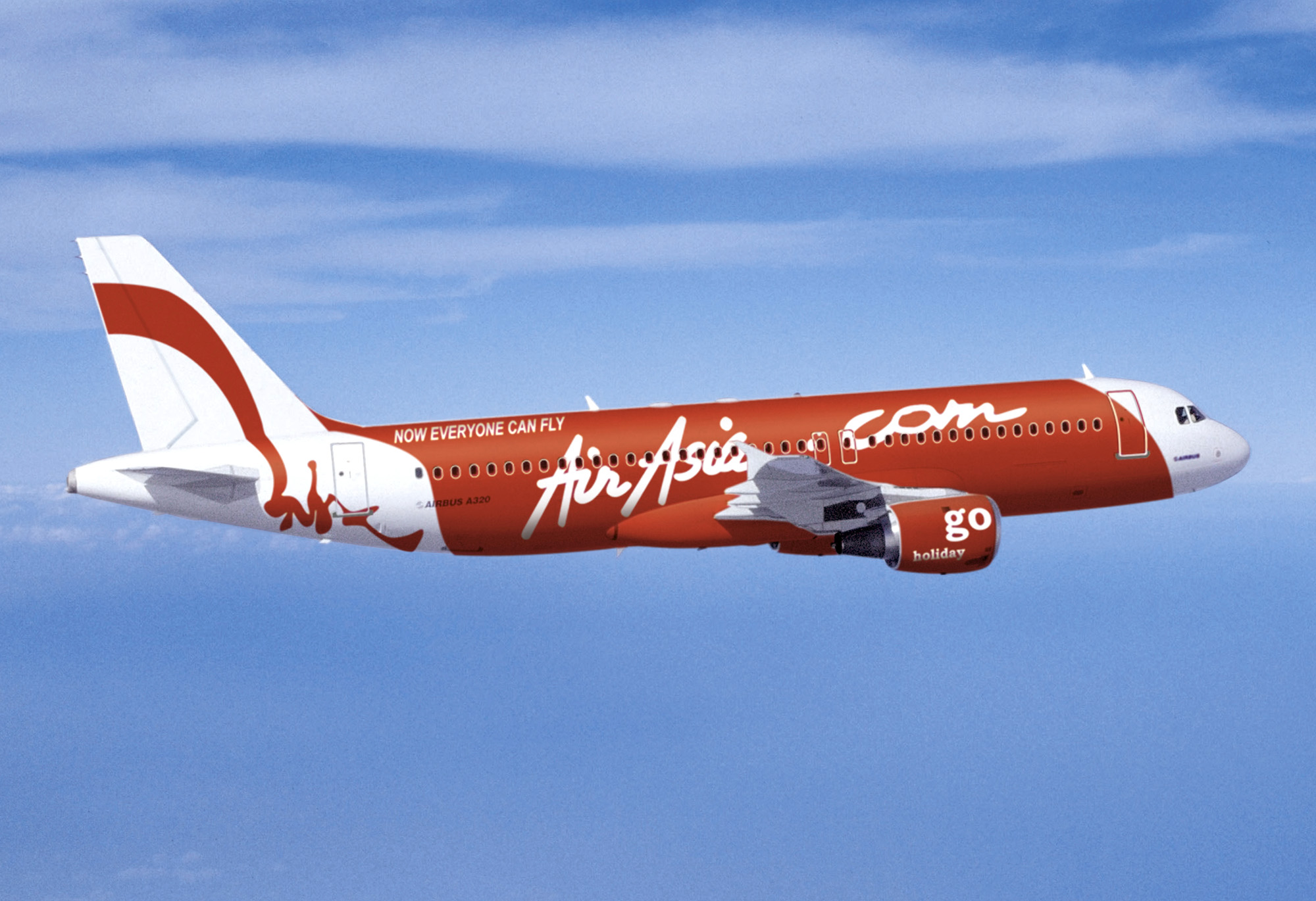Back by popular demand, some “classic”-style Q&A:
I’ve noticed that after a particularly bumpy landing (such as I experienced the other night in Washington) the cockpit door stays tightly shut as the passengers deplane. No smiling pilot thanking the customers. Am I reading too much into it, or do pilots do this on purpose after less-than-graceful landings to avoid snarky comments?
Bingo.
Although, sometimes we’re just busy. It depends. Even after a great landing there might be some paperwork or other duty to attend to, and the door stays shut.
Rough landings? They happen once in a while, for any of several reasons. Sometimes, in strong winds or turbulence, they can’t be avoided. In all but extreme cases a bumpy landing is by no means an unsafe one, and as I’ve said in the past, judging a flight by the smoothness of its touchdown is a bit like judging an entire chapter by virtue of a single word or punctuation mark. It’s a small part of a much bigger picture.
Tradition holds that the pilot who performed the landing will stand in the doorway as passengers disembark, but in practice this varies. I made a silky-smooth touchdown in Europe the other day. I was busy packing up my things and the captain went to the door. He wound up getting all the kudos.
Back in November, in a discussion of the Qantas emergency involving the Airbus A380, you wrote of the crew having to manually extend the landing gear. How is this done?
All jetliners have a backup means of deploying their undercarriage. Usually it’s a manual or electric release of the uplocks, in turn allowing the gear to free-fall into position without the aid of hydraulics. On newer planes the uplocks are freed simply by toggling a switch or two. On some older planes it was a more elaborate process involving hand-cranks affixed to the floor. Either way it’s a clunkier process, and the bay doors may stay unfolded rather than closing up again as they normally would, meaning more drag, more noise, etc.
And if you’ve extended the gear this way due to a hydraulic failure, it’ll be staying there. There is no such thing as a manual retraction (imagine, on a 747, trying to winch up 15 tons of struts, doors and tires by hand). In the event of a go-around or missed approach — especially if you’ve also got a failed engine to deal with, as the Qantas pilots did — the added drag can be a substantial, even hazardous performance hit.
Manually or hydraulically, by the way, all of the gear assemblies — there are always at least three, nose and main — operate together. You cannot raise or lower one set individually.
Recently, on a flight from Denver to Phoenix, about 20 minutes after takeoff, the pilot slowed the engines, then lowered the landing gear for 30 seconds or so before retracting it again. Nothing was said. Any thoughts?
Troubleshooting. It’s hard to say what the problem might have been, exactly, as landing gear operation varies somewhat from plane to plane, but chances are it was a doors issue. The last time this happened to me, one of the nose bay doors had not fully latched, and so the gear was “reset,” so to speak. I can’t imagine it was anything serious, but still the crew owed you an explanation. It irks me that you weren’t given one.
Planes have maximum speeds for extension or retraction of the gear (mainly to protect the doors, not so much the struts and tires), which would explain why you heard the engines being powered back.
You’ve written about automatic landings, and why they are so rare, but what about takeoffs? You recently stated, “There is no such thing as an automatic takeoff.” Well, why not?
This is hard to explain, but the dynamics of takeoff are a lot different than the dynamics of landing. Part of it, too, is that visibility seldom drops low enough that you would require automation on takeoff. Even in heavy fog it is easier to maintain direction and visual contact with the runway as you’re accelerating along its surface than it is trying to find that runway from hundreds of feet in the air, orient yourself correctly and land on it.
Takeoff is the most precarious, inherently dangerous moment of any flight, yes, but in certain ways it’s a much easier maneuver than landing, and is not subject to as many restrictions. As a rule, visibility minimums for takeoff are much lower than they are for a manually flown (non-autoland) instrument approach. Most airlines and their pilots are certified for takeoffs with forward visibility as low as five or six hundred feet, versus the typical quarter-mile restriction for a standard ILS approach. In other words, the ability to take off automatically would require some very expensive, high-tech equipment that would hardly ever be used.
– – – – – – – – – – – –
Do you have questions for Salon’s aviation expert? Contact Patrick Smith through his website and look for answers in a future column.

